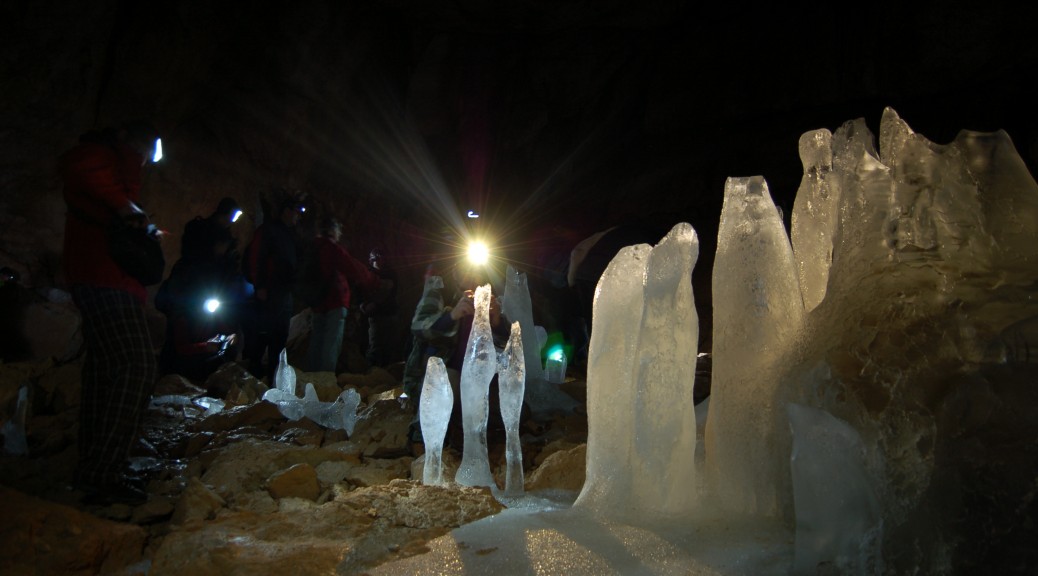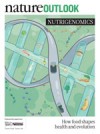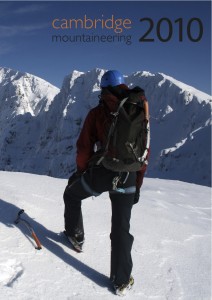I’m joining the Malaspina expedition, a Spanish oceanographic cruise
circling the globe in the wake of Alessandro Malaspina’s 1789-1794
exploratory voyage (http://www.expedicionmalaspina.es). I will embark
on the Hespérides in Cape Town later this week bound for Perth, a
months’ voyage across the Indian Ocean, all told.
During the cruise I’ll be writing about the science and the scientists
for Nature. The blog posts should appear on The Great Beyond:
http://blogs.nature.com/news/thegreatbeyond/.
I’ll also tweet about my experiences aboard @lucaslaursen
(http://twitter.com/#!/lucaslaursen), in the grand tradition of my
previous short-form reporting adventures: @apolloplus40
(http://twitter.com/#!/apolloplus40) and the Harvard Borkoldoy
expedition (http://www.harvardmountaineering.org/borkoldoy/updates/),
which took place back before Twitter even existed!
Got tips for me? This is my first long ocean voyage and my first time
in the southern hemisphere, not to mention the first time I’ve ever
had to buy a pair of steel-toed, calf-height rubber boots for a
reporting trip!
-Lucas



